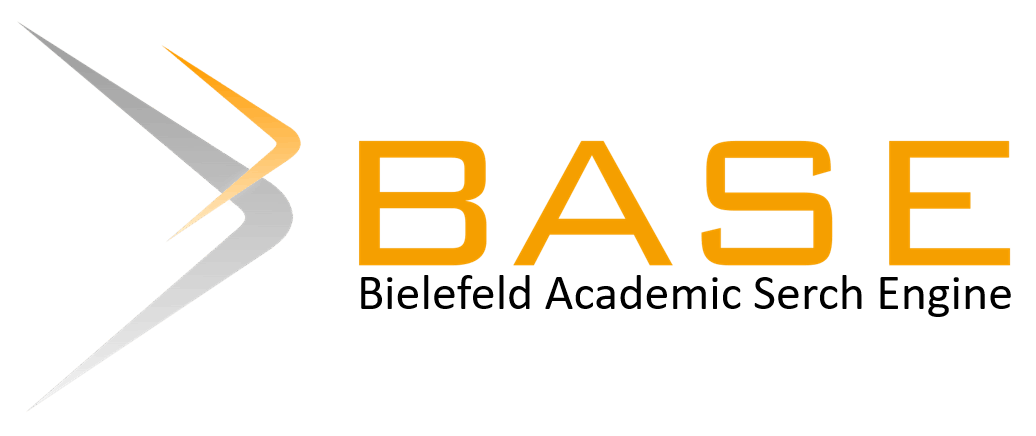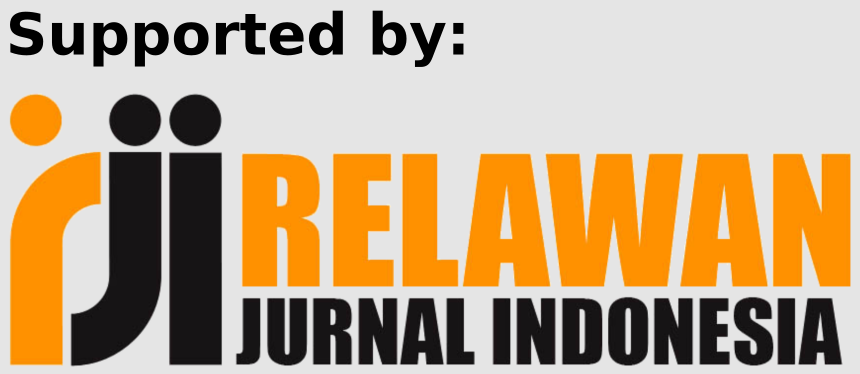MANAJEMEN ANESTESI UMUM TIROIDEKTOMI TOTAL PADA TUMOR TIROID BILATERAL DENGAN SUSPEK KEGANASAN: SEBUAH LAPORAN KASUS
Abstract
Thyroid cancer is the most common malignancy in the endocrine system, consisting of four main types, there are papillary thyroid carcinoma, follicular thyroid carcinoma, anaplastic thyroid carcinoma, and medullary thyroid carcinoma. Incidence 7 per 100,000 population annually. One of the treatments for thyroid cancer is thyroidectomy under general anesthesia. Thyroid malignancies cause several difficulties in anesthesia, namely the possibility of difficulty in managing the airway and intubation and the possibility of thyroid storm although this is rare. The importance of correct preoperative, intraoperative and postoperative management will make the operation run well and safely and reduce morbidity and mortality in patients.
Abstrak
Kanker tiroid merupakan keganasan tersering pada sistem endokrin, terdiri dari empat jenis utama yaitu karsinoma tiroid papiler, karsinoma tiroid folikular, karsinoma tiroid anaplastik, dan karsinoma tiroid meduler. Insidensi 7 per 100.000 populasi setiap tahun. Salah satu penatalaksaan dari kanker tiroid adalah tiroidektomi dengan anestesi umum. Keganasan tiroid menimbulkan beberapa kesulitan dalam tindakan anestesi yaitu kemungkinan kesulitan dalam pengelolaan jalan nafas dan intubasi serta kemungkinan terjadinya badai tiroid walaupun hal ini jarang terjadi. Pentingnya manajemen preoperatif, intraoperatif dan pasacoperatif yang baik dan benar akan membuat pelaksanaan operasi berjalan dengan lancar dan aman serta menurunkan morbiditas dan mortalitas pada pasien.
References
2. Fachrian, D., & Istanto, W. (2015). Manejemen anestesi operasi total tiroidektomi menggunakan target controlled infusion (TCI) propofol dan blok pleksus servikal superfisial pada pasien karsionoma tiroid dengan metastasis paru. laporan kasus anestesiologi. Jurnal Anestesiologi Indonesia, 7(1), 54-60.
3. Butterworth, JF., Mackey, DC., & Wasnick, J. (2013). Anesthesia for patients with endocrine disease. in: morgan and mikhail’s clinical anesthesiology. United States: Mc Graw Hill Education.
4. Soenarjo, et al. (2013). Anestesiologi. Bagian Anestesiologi dan Terapi Intensif Fakultas Kedokteran UNDIP RSUP Dr. Kariadi: Semarang.
5. Farling, P. (2010). Thyroid disease. in: hall george, hunter jennifer, cooper mark. core topics in endocrinology in anesthesia and critical care. New York: Cambridge University Press.
6. Bacuzzi, A., & Dionigi G. (2008). Anesthesia for thyroid surgery: perioperative management. International Journal of Surgery, 6, S82-85.
7. Ryalino, C., Sinardja, K., & Wiryana , M. (2018). Anestesi regional dalam pembedahan darurat non-tiroid pada pasien dengan tirotoksikosis. Medicina. Bagian Anestesi dan Terapi Intensif Fakultas Kedokteran Universitas Udayana Rumah Sakit Umum Pusat Sanglah Denpasar: Denpasar.
8. Fadhilla, SN., & Permana, D. (2020). the use of antihypertensive drugs in the treatment of essential hypertension at outpatient installations, Puskesmas Karang Rejo, Tarakan. Yarsi Journal of Pharmacology, 1(1), 7-13.
9. Ardhany, SD., & Pandaran, W. (2018). Profil Penggunaan Obat Antihipertensi di RSUD Mas Amsyar Kasongan Kabupaten Katingan. Borneo Journal of Pharmacy, 1(1), 1-6.
10. Ariani, D. (2016). Ny. z usia 47 tahun dengan penyakit graves. Jurnal Medula Unila, 4(3), 30-4.
11. Menteri Kesehatan Republik Indonesia. (2013). Formularium nasional. Menkes RI: Jakarta.
12. Stoelting, RK., & Hiller, SC. (2006). Opioid agonist & antagonist in pharmacology & physiology in anesthetic practice. 4th Edition. Philadelphia: Lippincott William & Wilkins.
13. Rose, MW., Newman, S., & Brown, C. (2019). Postoperative information transfers: an integrative review. J Perianesth Nurs, 34(2), 403-404.
14. Mirrakhimov, AE., & Voore, P. (2015). Propofol infusion syndrome in adults: a clinical update. Critical Care Research and Practice, 1-10.
15. Spratt, GK. (2019). Assessing Patient Risk of Opioid-induced Respiratory Compromise.
16. Chalermkitpanit, P., & Rodanant, O. (2020). Determination of dose and efficacy of atracurium for rapid sequence induction of anesthesia: a randomised prospective study. Journal of Anaesthesiology Clinical Pharmacology, 36(1), 37-42
17. Sahiner, Y. (2018). Indications for endotracheal intubation. InTech.
18. Anesthesiology HUB. (2019). Indication and Important safety information for sevoflurane. FDA: US Healthcare Professionals. Retrieved from https://www.anesthesiologyhub.com/ultane/important-safety-information.html.
19. NPS MedicineWise. (2020). Desflurane Sandoz. Australian Government Department of Health: Australia.
20. Halterman, RS., & Gaber, M. (2019). Use of a checklist for the postanesthesia care unit patient handoff. Journal of Perianesthesiology Nurse, 34(4), P834-841.
21. American Association of Nurse Anesthesiology. (2019). Patient safety considerations. In Postanesthesia Care Practice Considerations. pp 1-15.
Copyright (c) 2022 Indonesian Trust Health Journal

This work is licensed under a Creative Commons Attribution 4.0 International License.

















